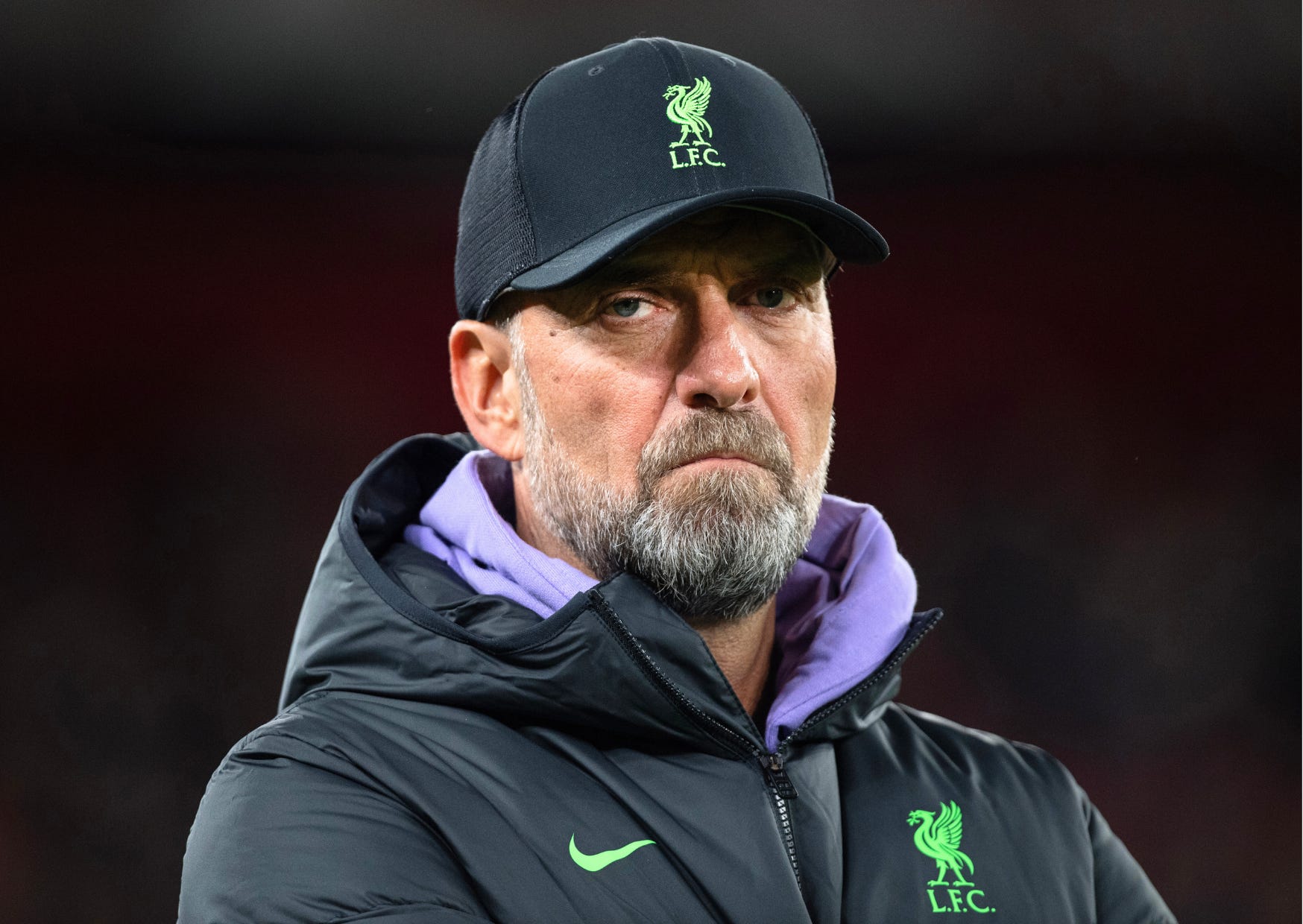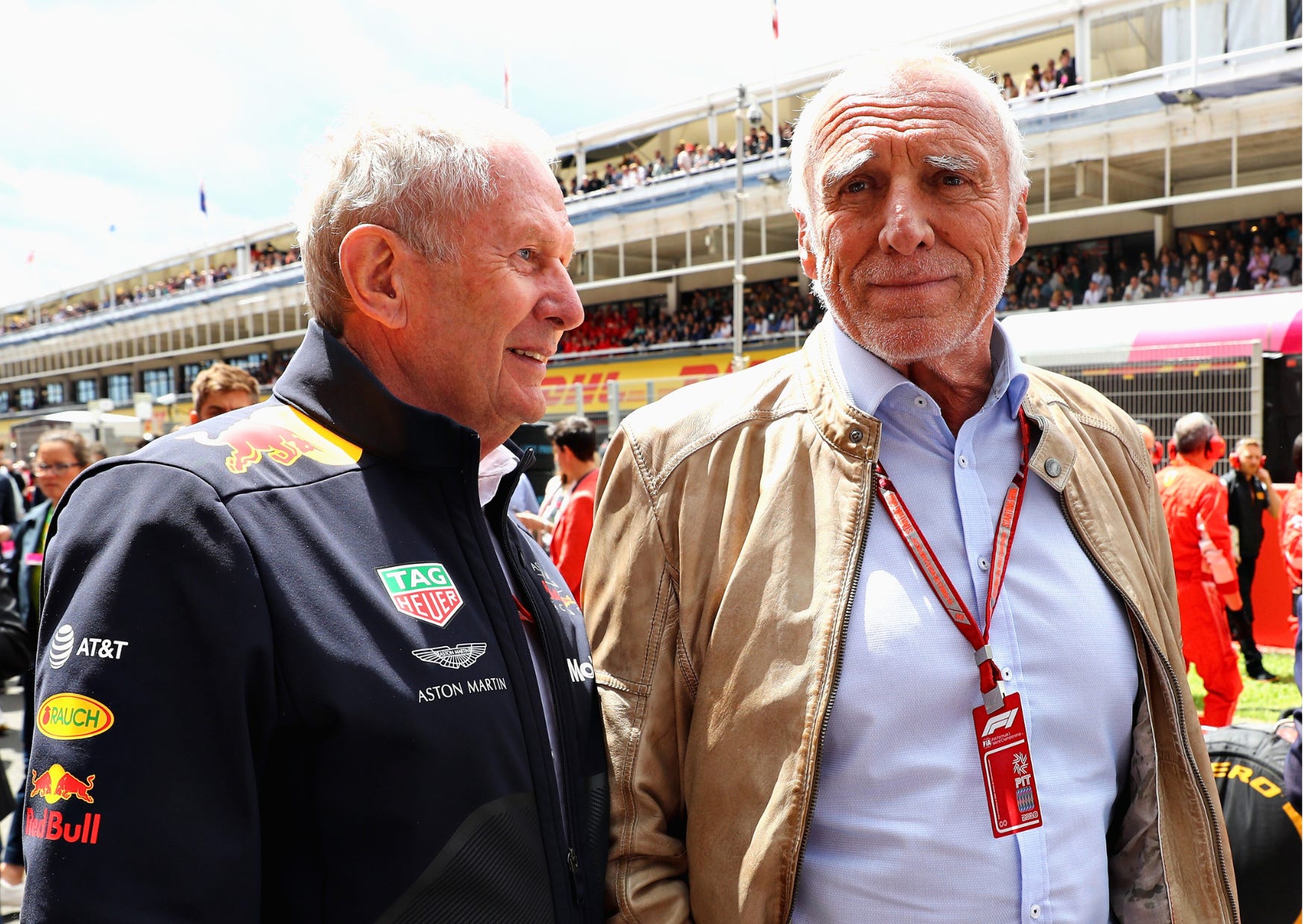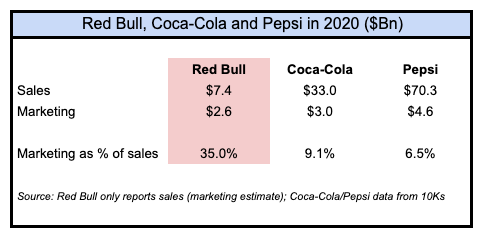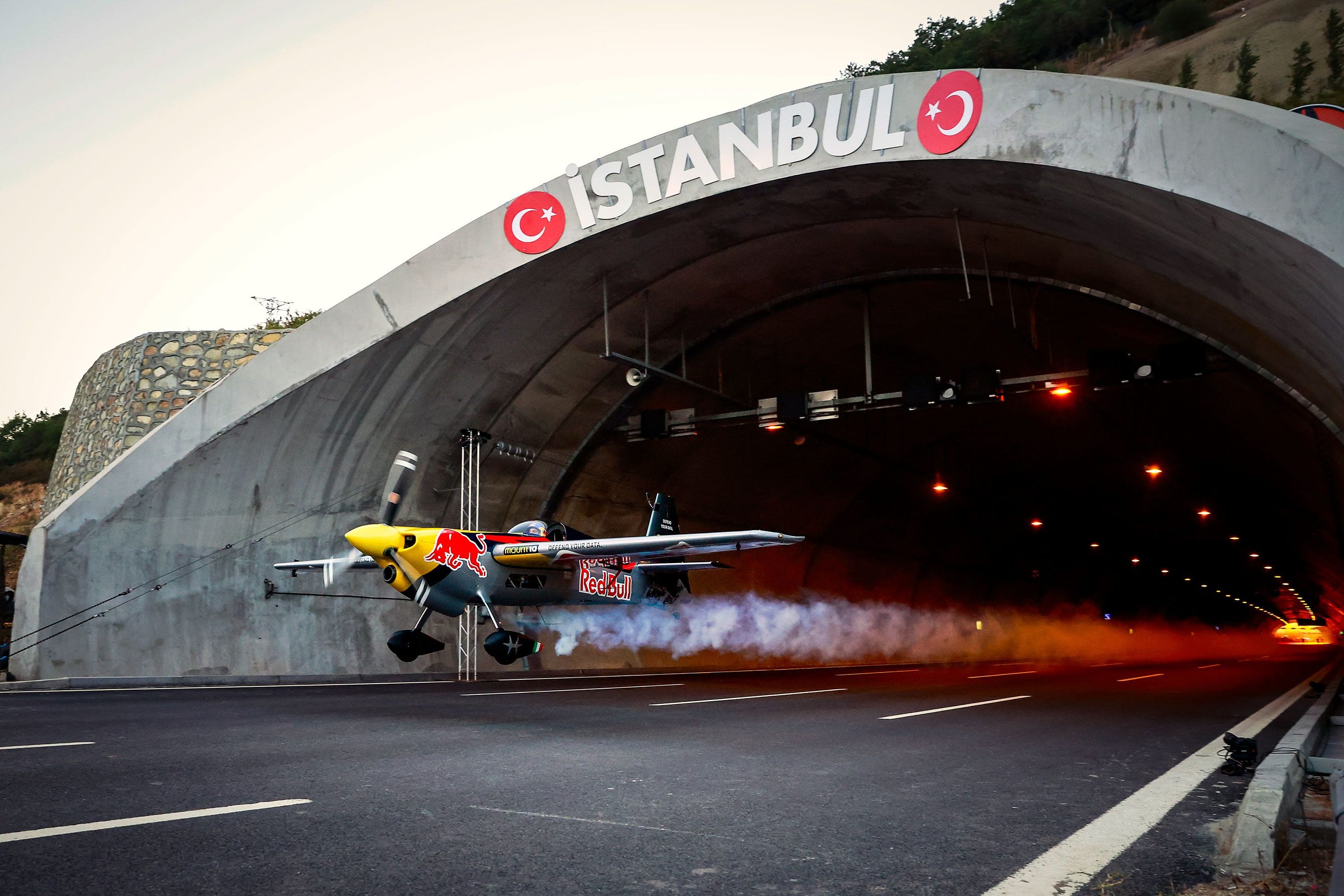How Red Bull Uses Sports To Sell 12 Billion Energy Drinks Each Year
Jurgen Klopp officially announced his retirement earlier this summer. The former Borussia Dortmund and Liverpool manager told ESPN he had run out of energy after winning 13 trophies, including the UEFA Champions League, across a 23-year career. However, we are less than three months removed from that announcement, and Klopp has already changed his mind. Well, kind of. Klopp kept his promise that he wouldn’t return to coach another club in Europe, but he also won’t be sitting on a beach, either. That’s because Red Bull announced last week that it has hired Jurgen Klopp as its new head of global soccer. In this role, Klopp will oversee all of Red Bull’s soccer clubs globally, including professional teams that they fully or partially own in Germany (RB Leipzig), the United States (New York Red Bulls), Austria (FC Red Bull Salzburg), Brazil (Red Bull Bragantino), Japan (Omiya Ardija), and England (Leeds United). Klopp will not be involved in the day-to-day operations of any specific club. Instead, the 57-year-old German will provide strategic oversight to each of Red Bull’s club sporting directors, and guide global scouting and coaching development programs. It’s a more relaxed and strategy-driven role than Klopp has performed in the past, but it perfectly highlights how Red Bull uses sports to create billions in enterprise value. You’ve probably heard people say, “Red Bull isn’t an energy drink company; it’s a marketing company.” Well, that’s not just some LinkedIn slogan; it’s the truth. In 1982, toothpaste marketer Dietrich Mateschitz was on a business trip in Thailand when he tried a drink called Krating Deng (KD). The energy drink was primarily consumed by Thailand’s working class for a boost of energy and a hangover cure, but Mateschitz loved it so much that he quickly put together a plan to bring it to Europe. Mateschitz cut a deal with the company’s founder, Chaleo Yoovidhya, to become 50/50 partners. Mateschitz named the business Red Bull GmbH and changed the formula, adding carbonation to the beverage and packaging it in a thin can to elevate the look. Mateschitz and Yoovidhya each put $500,000 into the new company. But rather than making the drinks himself, Mateschitz outsourced all Red Bull production to Yoovidhya’s pharmaceutical company. This unique arrangement allowed Mateschitz’s new company, Red Bull GmbH, to focus exclusively on marketing the product. This is where Mateschitz separated himself from everyone else. Instead of following the traditional advertising playbook on radio, television, and newspapers, Mateschitz identified sports (and specifically action sports) as a category with untapped potential. Huddle Up is a reader-supported publication. To receive new posts and support my work, consider becoming a free or paid subscriber. Mateschitz then spent the next several decades acquiring sports assets, including two Formula 1 teams, six soccer teams, two hockey teams, a cycling team, and an esports team. Red Bull also sponsors athletes, and owns and operates a media business, a travel agency, and various action sports events, encompassing everything from cliff diving and rock climbing to surfing, 3v3 basketball, rollerblading, and chariot racing. These assets are collectively worth more than $5 billion, but that doesn’t really matter to Red Bull. They obviously don’t want to lose money if they can avoid it, and they try to focus on events/sports that will be bigger in the future than they are today. But it’s important to remember that Red Bull isn’t necessarily buying these assets to sell them at a higher price; it’s more of an investment to lower customer acquisition costs. For example, Red Bull puts about 35% of its annual sales toward marketing. This is significantly higher than competitors like Coca-Cola (9%) and Pepsi (6.5%), and it includes a $500 million annual budget in F1 and expensive athlete endorsements. Red Bull also tries to win the internet by conducting one-off events that they think can go viral. The best example of this is when Red Bull spent five years working with Felix Baumgartner on his 128,100-foot supersonic freefall from space. This stunt cost the company $50 million to produce, but it led to a 7% increase in U.S. sales over the subsequent six months, and experts say it was worth $6 billion in value to the brand. Other fun examples include when Red Bull had Italian stunt pilot Dario Costa fly a plane 152 mph through a 1.4-mile tunnel in Turkey or when they spent a year building a drone that could accelerate to 186 mph in four seconds to follow Max Verstappen around Silverstone’s F1 track — a video that garnered 24 million views on YouTube. These stunts have generated billions of impressions online, and there is often a quantifiable increase in sales that follow. These stunts also allow Red Bull to create history rather than just advertise against it. However, team ownership is equally important as stunts because it enables Red Bull to capitalize on fan passion in sports. Red Bull knows that fandom is passed down through generations. So, rather than spending billions on advertising that doesn’t emotionally connect with sports fans, Red Bull plays into that theme by owning the actual assets that these fans care about. It’s a smart strategy because the teams produce enough revenue to drive economic value by themselves, but then you have the top-down advertising component, too. This unique approach has enabled Red Bull to control 40% of the U.S. energy drink market despite the fact that they don’t produce the energy drinks themselves. Energy Drink Market Share In The United States (2023)
So, while it may seem like a move out of left field, Red Bull’s hiring of Jurgen Klopp is really just an expansion of this strategy. It’s a win-win for everyone. Klopp secures a less demanding job while still being involved in football, and if he can help Red Bull’s teams produce even a fraction of more success on the pitch, the value that flows toward Red Bull’s parent company will be a multiple of whatever they are paying him. If you enjoyed this breakdown, share it with your friends. Join my sports business community on Microsoft Teams. Huddle Up is a reader-supported publication. To receive new posts and support my work, consider becoming a free or paid subscriber. You’re currently a free subscriber to Huddle Up. For the full experience, upgrade your subscription.
© 2024 |




